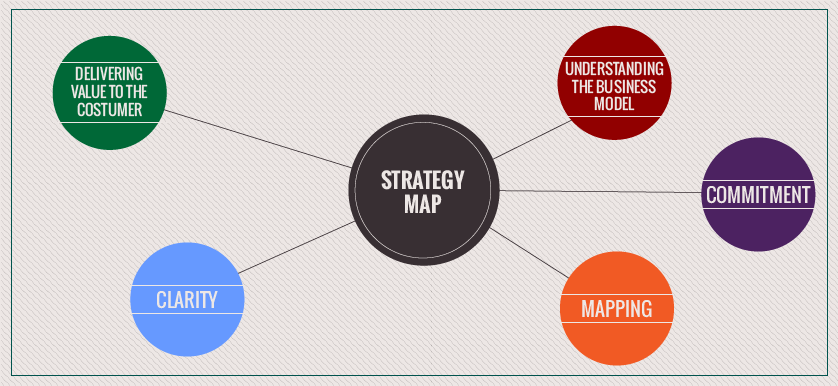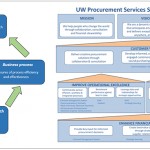The Strategy Map. What benefits can we gain from it?
For many organizations, building a Strategy Map might be a problem. But why is it so important in the first place?
The strategy map enables us to better understand the business model, the way the organization delivers value to customers and its intent to change.
It requires clarity and commitment to its main objectives from your executives. To achieve all of these, strategic objectives are mapped in an inter-causal relationship. What does this mean? Simply put, it means that objectives are linked one to another, in order to provide a clear overview of how the fulfillment of each objective leads the company on its way to strategy execution.
If you have ever wondered how you can know whether your objectives are fulfilled, think of using a specific system, like the color code. It has proven its efficiency in traffic control, electrical wiring, and even in the military field. In our case, the color code is linked to the target status of each objective, being easy to remember, as the above-mentioned example of traffic lights: red for below targets, yellow for within target limits and green for on or above targets.
Most people consider clustering to be a challenging aspect when designing a strategy map. If we were to think outside the box for a moment, we can come with 2 clustering methods: horizontal and vertical clustering.
Strategic objectives may be grouped horizontally, according to the corresponding Balanced Scorecard perspective, but also vertically, in accordance to the strategic themes established for the organization, or for each department, if the designed Strategy Map belongs to a single department within a company.
Choosing effectiveness and efficiency as departmental or organizational themes is generally a good idea. This creates balance between what needs to be achieved and its allotted resources, in terms of money, talent and time.
Do we face challenges in designing Strategy Maps? Yes, we do. We have to keep them simple (not too many objectives, themes/ perspectives) and we also have to correctly establish the inter-causal relationship between objectives, which oftentimes proves to be quite the pitfall for many organizations, as it is a process that tends to lean towards subjectivity.

Tags: Performance Management, Strategy Map






